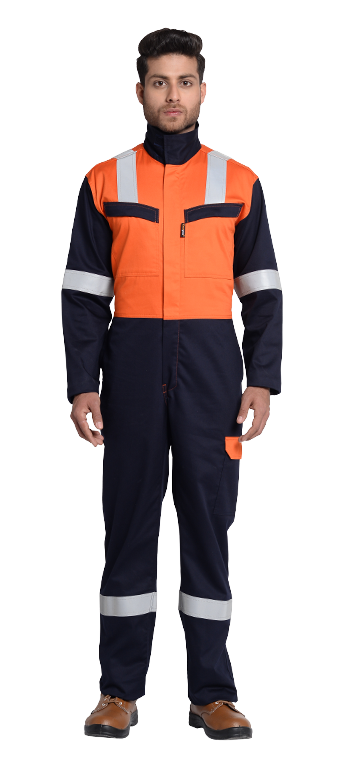
In industries where safety is paramount, Flame Resistant (FR) coveralls play a critical role in protecting workers from fire hazards. These specialized garments require proper care and maintenance to ensure their effectiveness and longevity. By implementing the right maintenance practices, you can significantly extend the lifespan of your FR coveralls while maximizing their protective properties. In this article, we’ll explore essential tips and tricks to help you maintain your FR coveralls effectively.
Understanding FR Coveralls
Before diving into maintenance tips, it’s important to understand the construction of FR coveralls. These garments are made from flame-resistant materials that are designed to self-extinguish when exposed to flames, reducing the risk of burns. Common materials used include aramid fibers (like Nomex), treated cotton, and blends that provide both comfort and protection.
Why Maintenance Matters
Proper maintenance of FR coveralls is crucial for several reasons:
1. Safety: Well-maintained FR coveralls offer reliable protection against fire-related hazards, ensuring the safety of workers.
2. Durability: Regular maintenance helps preserve the integrity of the fabric and stitching, prolonging the lifespan of the coveralls.
3. Cost-Effectiveness: Extending the lifespan of FR coveralls reduces the frequency of replacements, leading to cost savings for businesses.
Maintenance Tips and Tricks for FR Coveralls
Follow these expert-recommended maintenance practices to keep your FR coveralls in optimal condition:
1. Proper Cleaning
– Regular Washing: Wash FR coveralls after each use to remove contaminants that can compromise their flame-resistant properties. Follow manufacturer guidelines for water temperature and detergent selection.
– Avoid Harsh Chemicals: Use mild, non-ionic detergents to avoid damaging the flame-resistant finish of the coveralls.
– Gentle Cycle: Opt for a gentle wash cycle to minimize wear and tear on the fabric.
2. Drying
– Air Dry: Whenever possible, air dry FR coveralls instead of using a dryer. High heat from dryers can degrade the flame-resistant properties of the fabric.
– Avoid Sun Exposure: Dry coveralls away from direct sunlight to prevent UV damage.
3. Inspection
– Regular Checks: Inspect FR coveralls before each use for signs of damage, such as tears, holes, or frayed seams.
– Repair Promptly: Address any damage promptly to prevent further deterioration. Use FR-specific repair materials or consult a professional for repairs.
4. Storage
– Clean Before Storage: Ensure coveralls are clean and dry before storing them to prevent mold and mildew growth.
– Hang Properly: Store coveralls on hangers to maintain their shape and prevent wrinkles.
5. Avoid Contaminants
– Keep Clean Work Environment: Minimize exposure to contaminants like oil, grease, or chemicals that can compromise the FR properties of the coveralls.
6. Follow Manufacturer Guidelines
– Read Care Labels: Adhere to manufacturer guidelines for care and maintenance, as specific fabrics may have unique requirements.
By following these maintenance tips and tricks, you can effectively extend the lifespan of your FR coveralls and ensure ongoing protection for workers in hazardous environments. Remember, proactive maintenance not only enhances safety but also contributes to cost savings by reducing the frequency of replacements. Implement these practices today to maximize the longevity and performance of your FR coveralls.




